Sumi Jo recital reviewed

Murray Black reviews Sumi Jo’s recital for The Australian:
http://www.theaustralian.com.au/arts/music/deja-vu-of-the-best-kind/story-fn9d2mxu-1226519854341


Murray Black reviews Sumi Jo’s recital for The Australian:
http://www.theaustralian.com.au/arts/music/deja-vu-of-the-best-kind/story-fn9d2mxu-1226519854341
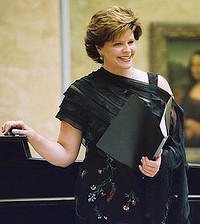
David Vance commends Susan Graham’s ambitious programme: http://www.smh.com.au/entertainment/opera/all-stand-for-a-musical-match-made-in-heaven-20120502-1xz26.html
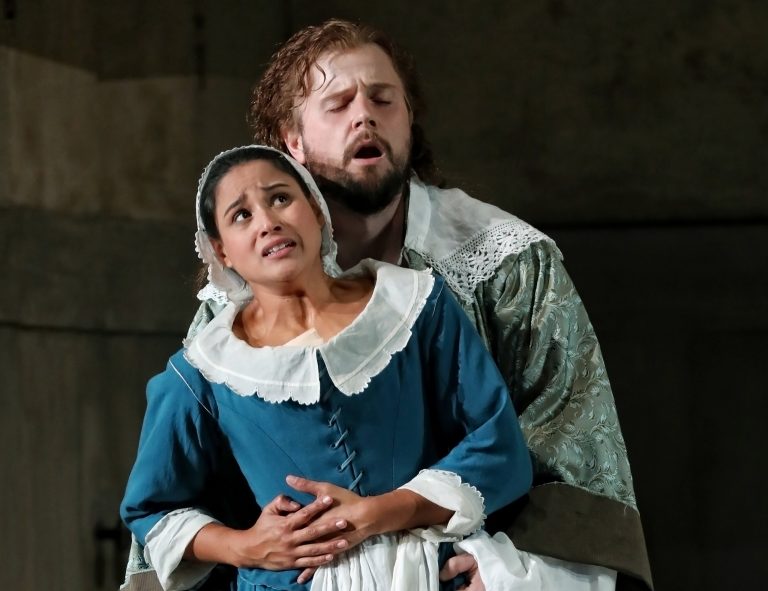
Le nozze di Figaro (The Marriage of Figaro) Opera Australia Joan Sutherland Theatre, Sydney opera House 18 October 2019 Written by Deen Hamaker Based on Pierre Beaumarchais’ 1778 play La Folle Journée, ou Le Mariage de Figaro (The Mad Day, or The Marriage of Figaro), Wolfgang Amadeus Mozart’s opera is among the most popular of…
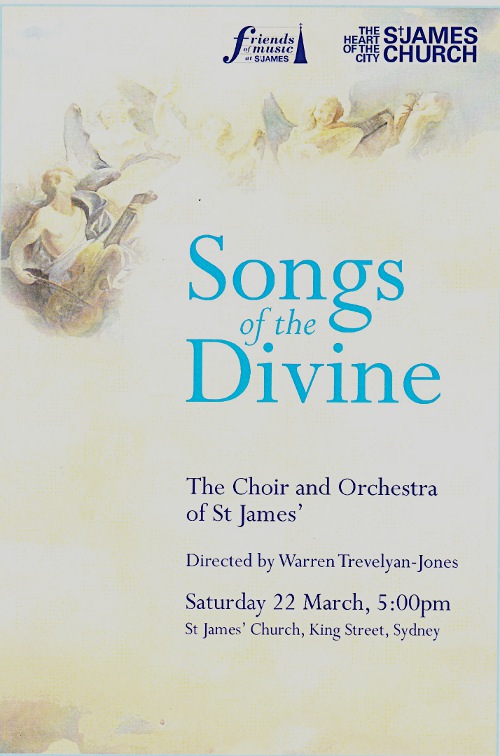
The Choir and Orchestra of St James St James, King Street, Sydney 22 March 2014 Songs of the Divine – Baroque Masterpieces For the first concert in their 2014 series, the choir and orchestra of St James, under the direction of Warren Trevelyan-Jones, turned to the two pillars of the musical Baroque: Bach and…
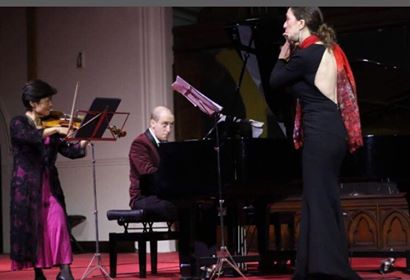
Smoke, Glass and Mirrors; Musical Subterfuge Musical Luminati Series hosted by Twilight Musical Dialogues 3 August 2018 Adamstown Uniting Church, Newcastle Written by Joseph Asquith Smoke, Glass and Mirrors; Musical Subterfuge was the third instalment of the 2018 ‘Musical Luminati’ Series, hosted by Twilight Musical Dialogues and opened the Newcastle Music Festival. The theme of…

“The Heavenly Spheres make music for us,…….All things join in the dance!” Gustav Holst Having recently recorded Max Richter’s re-composition of Vivaldi’s Four Seasons for Deutsche Grammophon, violinist Daniel Hope looks to the elements yet again for inspiration in this recording called Spheres (DG 0289479 0571), which debuted at number 3 in the US BIllboard…
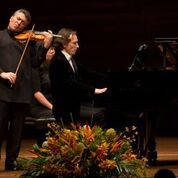
Maxim Vengerov, violin and Roustem Saitkoulov, piano Musica Viva 70th Anniversary Gala Recital Tour Concert Hall, Sydney Opera House December 11, 2015 There is something enigmatic about Maxim Vengerov in performance. His powerful build seems at odds with the fragility of the 1727 ex-Kreisler Stradivari tucked under his chin and the slender bow he glides…

David Vance commends Susan Graham’s ambitious programme: http://www.smh.com.au/entertainment/opera/all-stand-for-a-musical-match-made-in-heaven-20120502-1xz26.html

Le nozze di Figaro (The Marriage of Figaro) Opera Australia Joan Sutherland Theatre, Sydney opera House 18 October 2019 Written by Deen Hamaker Based on Pierre Beaumarchais’ 1778 play La Folle Journée, ou Le Mariage de Figaro (The Mad Day, or The Marriage of Figaro), Wolfgang Amadeus Mozart’s opera is among the most popular of…

The Choir and Orchestra of St James St James, King Street, Sydney 22 March 2014 Songs of the Divine – Baroque Masterpieces For the first concert in their 2014 series, the choir and orchestra of St James, under the direction of Warren Trevelyan-Jones, turned to the two pillars of the musical Baroque: Bach and…

Smoke, Glass and Mirrors; Musical Subterfuge Musical Luminati Series hosted by Twilight Musical Dialogues 3 August 2018 Adamstown Uniting Church, Newcastle Written by Joseph Asquith Smoke, Glass and Mirrors; Musical Subterfuge was the third instalment of the 2018 ‘Musical Luminati’ Series, hosted by Twilight Musical Dialogues and opened the Newcastle Music Festival. The theme of…

“The Heavenly Spheres make music for us,…….All things join in the dance!” Gustav Holst Having recently recorded Max Richter’s re-composition of Vivaldi’s Four Seasons for Deutsche Grammophon, violinist Daniel Hope looks to the elements yet again for inspiration in this recording called Spheres (DG 0289479 0571), which debuted at number 3 in the US BIllboard…

Maxim Vengerov, violin and Roustem Saitkoulov, piano Musica Viva 70th Anniversary Gala Recital Tour Concert Hall, Sydney Opera House December 11, 2015 There is something enigmatic about Maxim Vengerov in performance. His powerful build seems at odds with the fragility of the 1727 ex-Kreisler Stradivari tucked under his chin and the slender bow he glides…

David Vance commends Susan Graham’s ambitious programme: http://www.smh.com.au/entertainment/opera/all-stand-for-a-musical-match-made-in-heaven-20120502-1xz26.html

Le nozze di Figaro (The Marriage of Figaro) Opera Australia Joan Sutherland Theatre, Sydney opera House 18 October 2019 Written by Deen Hamaker Based on Pierre Beaumarchais’ 1778 play La Folle Journée, ou Le Mariage de Figaro (The Mad Day, or The Marriage of Figaro), Wolfgang Amadeus Mozart’s opera is among the most popular of…

The Choir and Orchestra of St James St James, King Street, Sydney 22 March 2014 Songs of the Divine – Baroque Masterpieces For the first concert in their 2014 series, the choir and orchestra of St James, under the direction of Warren Trevelyan-Jones, turned to the two pillars of the musical Baroque: Bach and…

Smoke, Glass and Mirrors; Musical Subterfuge Musical Luminati Series hosted by Twilight Musical Dialogues 3 August 2018 Adamstown Uniting Church, Newcastle Written by Joseph Asquith Smoke, Glass and Mirrors; Musical Subterfuge was the third instalment of the 2018 ‘Musical Luminati’ Series, hosted by Twilight Musical Dialogues and opened the Newcastle Music Festival. The theme of…

“The Heavenly Spheres make music for us,…….All things join in the dance!” Gustav Holst Having recently recorded Max Richter’s re-composition of Vivaldi’s Four Seasons for Deutsche Grammophon, violinist Daniel Hope looks to the elements yet again for inspiration in this recording called Spheres (DG 0289479 0571), which debuted at number 3 in the US BIllboard…

Maxim Vengerov, violin and Roustem Saitkoulov, piano Musica Viva 70th Anniversary Gala Recital Tour Concert Hall, Sydney Opera House December 11, 2015 There is something enigmatic about Maxim Vengerov in performance. His powerful build seems at odds with the fragility of the 1727 ex-Kreisler Stradivari tucked under his chin and the slender bow he glides…